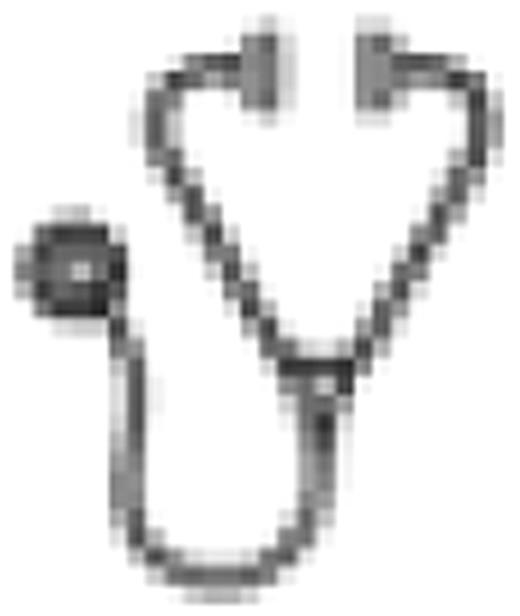Abstract
Abstract 4015
MDS represents a heterogeneous group of clonal myeloid stem cell disorders with a propensity for clonal evolution with resultant progressive bone marrow failure and transformation to acute myeloid leukemia. These disorders are incurable with conventional therapy and are usually treated with hypomethylating agents and supportive care. Panobinostat (PAN, LBH589) is a pan deacetylase (DAC) inhibitor that targets a variety of tumor types, including acute and chronic leukemia, by inhibiting differentiation and inducing apoptosis.
This single-arm multicenter Phase II study was designed with the primary objective of assessing the overall response rate (CR, marrow CR + PR) of PAN in patients (pts) with relapsed or refractory MDS. Secondary endpoints include time-to-progression, hematologic improvement, duration of response, time-to-treatment failure, and survival. Eligible pts had histologically documented MDS, previous failure on hypomethylating (azacitidine or decitabine) therapy, no prior treatment with DAC inhibitors, no active CNS disease, and adequate organ function. Pts with up to and including 30% blasts were eligible to enroll; pts with 5q- abnormalities must have failed lenalidomide. PAN (30mg PO) was administered three times a week on Monday, Wednesday and Friday. Pts were treated for the first 21 days of a 28 day cycle. If no grade 3/4 toxicity occurred in the first 2 cycles, dose escalation (40mg PO M/W/F) would proceed.
The original protocol for this trial specified a dose of 20mg PAN M/W/F, which was generally well-tolerated. Accumulating data from other studies suggested that higher doses of PAN were more efficacious without a significant increase in toxicity. The dose of PAN was thus increased to 30mg M/W/F in the amended protocol. To date, 16 pts have been enrolled at 30mg; this analysis is based on 10 pts enrolled from October 2008 through December 2009; all pts in this group are ECOG PS 0 white males (median age 77years [range 62–86]). The most common non hematologic adverse events were: anorexia (5 G1/2) fatigue (8 G1/2 and 1 G3) and nausea (3 G1/2). Hematologic toxicity was assessed on an ongoing basis: 5 pts experienced G3/4 anemia; 8 G3/4 thrombocytopenia; 6 G3/4 leukopenia, and 7 G3/4 neutropenia. Response was assessed after 2 cycles. Seven of 10 pts had stable disease; 2 pts had progressive disease; 1 pt was unevaluable due to coming off study prior to evaluation. 2 of the 10pts were escalated to the 40mg dose level. There were 6 SAEs (among 3 pts) for: G3 febrile neutropenia (2), G3 neutropenia (1), G3 pain (1), G4 pneumonia (1) and G4 thrombocytopenia (1). Nine pts are currently alive with a median follow-up of 69 weeks (range 28–90).
Collectively, these data suggest that PAN is generally well-tolerated in pts with refractory MDS. Continued investigation of this novel agent is warranted, and future studies should evaluate its safety and efficacy when used as part of a combination regimen.
Flinn:Novartis: Research Funding.

This icon denotes a clinically relevant abstract
Author notes
Asterisk with author names denotes non-ASH members.

This feature is available to Subscribers Only
Sign In or Create an Account Close Modal